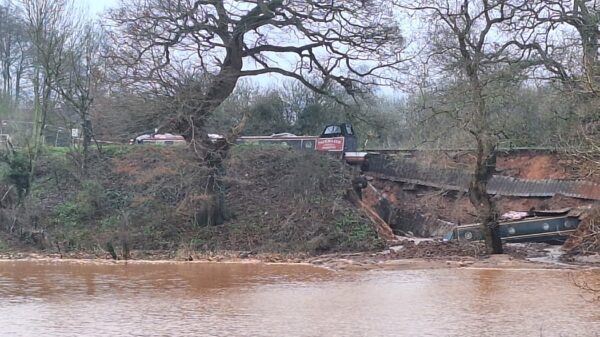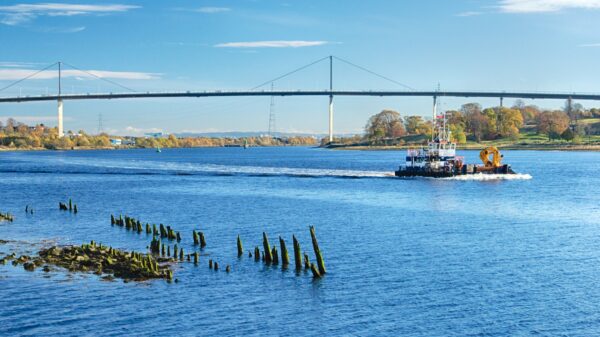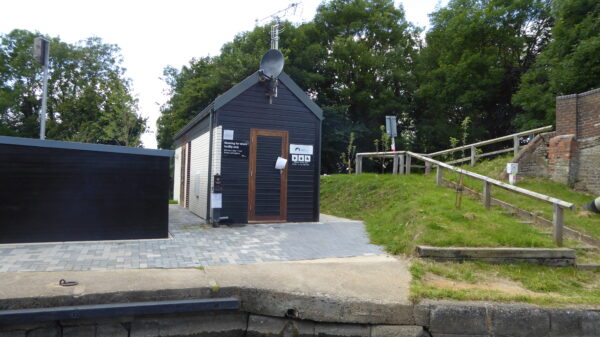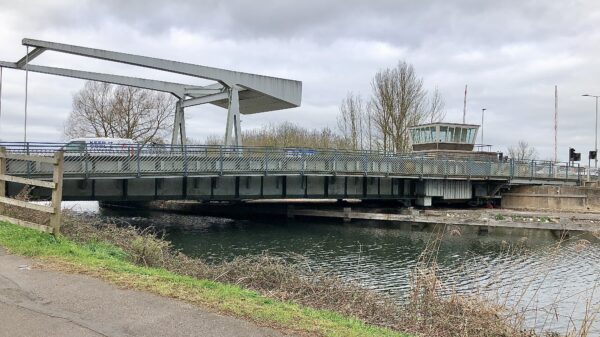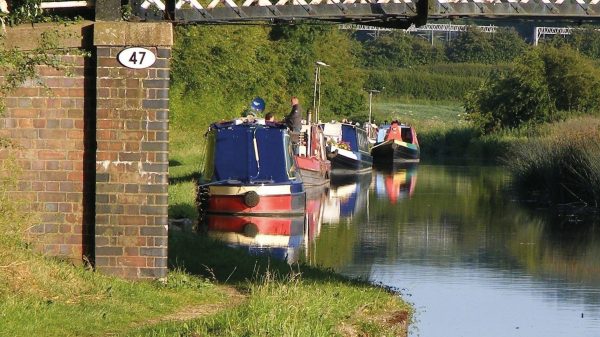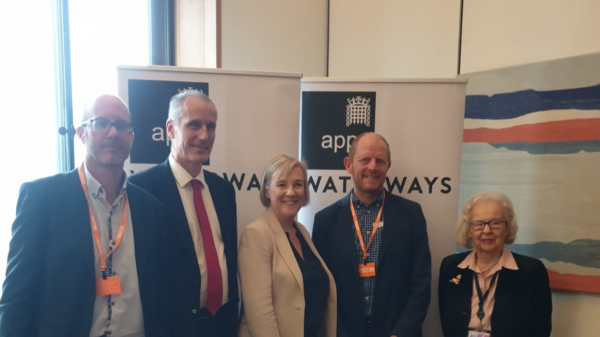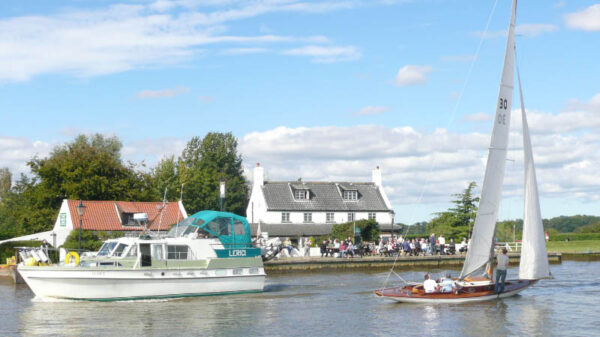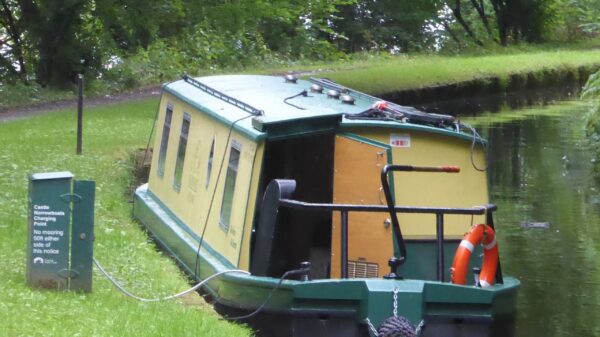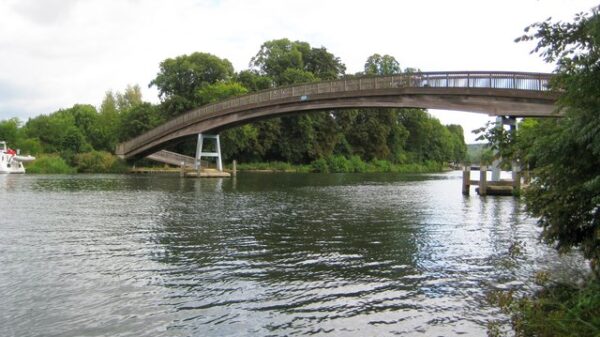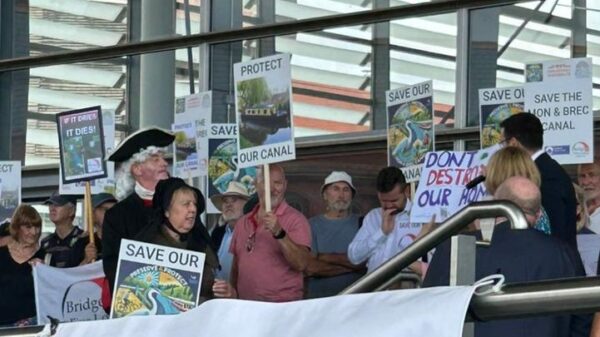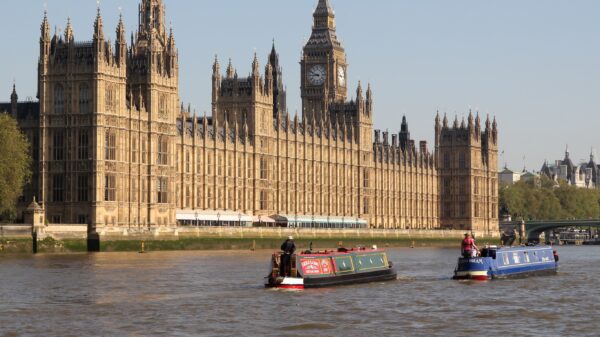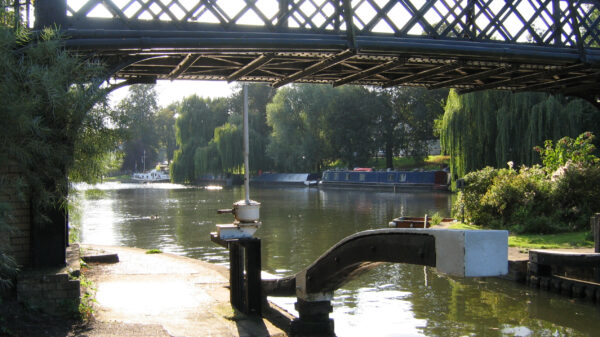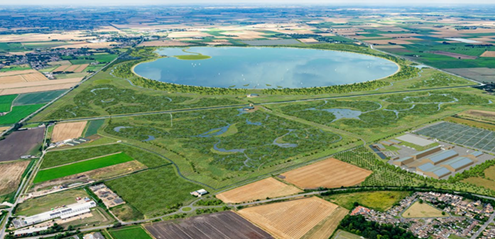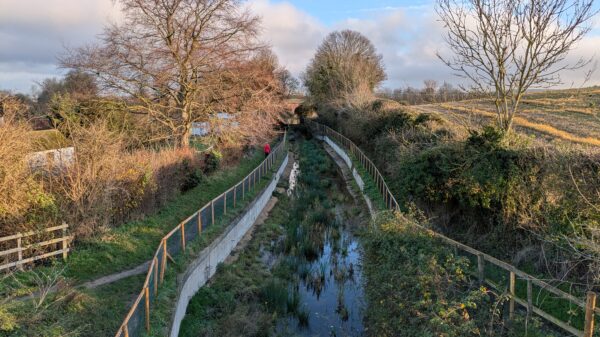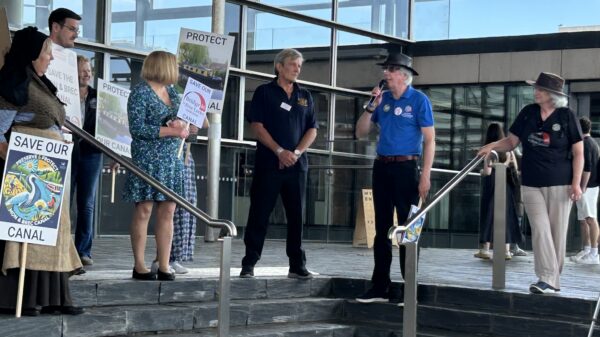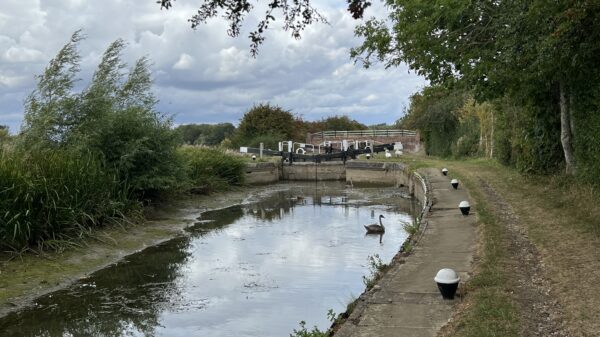TUNNELS – THE BASICS
Due to the history of the canal network that we have today, most currently navigable canal tunnels fall within Canal & River Trust’s jurisdiction. There are exceptions however, such as on the Grand Western Canal, the Monmouthshire Canal and on waterways in Scotland.
Canal tunnels vary in length and width. Some can be very short, such as Dunsley on the Staffordshire & Worcestershire Canal which is just 23 metres. Alternatively they can be very long indeed such as Standedge and Dudley tunnels, at 5000 metres and 2900 metres respectively, where special arrangements are in place to allow passage. Some longer canal tunnels have one-way working systems, where passing two boats isn’t possible. On the other hand, some, where they are wide enough, allow two way passage at any time.
Lifejackets (personal flotation devices)
We strongly recommend the wearing of lifejackets or buoyancy aids when travelling through tunnels, in any type of boat. All users of unpowered boats should wear a lifejacket. The skippers of powered craft are strongly advised to do so, particularly if travelling through single handed.
If a person falls in the water whilst travelling through a tunnel, the darkness will be disorientating in addition to the shock from the cold water. Tunnels also give added issues surrounding access and rescue. A buoyancy aid will help keep you keep yourself afloat. A properly fitted life jacket is designed to turn your body over and keep your face clear of the water, even if you are unconscious or injured.
SINGLE AND TWO WAY WORKING THROUGH TUNNELS
Single way working
In some tunnels you are unlikely to encounter an oncoming boat unless one of you has ignored the lights or signs! Examples include Foulridge on the Leeds & Liverpool Canal, which has a traffic light system, or Preston Brook and Saltersford tunnels on the Trent & Mersey Canal, which have timed periods for boats entering at either end. On waterways where wide beam boats are more common, for example in London, one-way working needs to be in place. This is true even if the tunnels are wide enough for two narrowboats to pass each other, as the boat coming the other way may be wider than 7ft.
Two way working
Many canal tunnels permit two way unrestricted passage, allowing narrowboats to pass in the tunnel. Signage at the tunnel entrance will indicate whether two way passage is allowed, or whether there are time restrictions on entering. When the tunnel is short and straight enough to see all the way through you simply need to wait for the tunnel to be clear.
Note: Passage by boats wider than 7 feet through tunnels which normally have two way working, needs to be arranged in advance with the navigation authority. With the increase of wide beam boats, particularly on the Grand Union Canal, there is an increase in cases of the tunnel being closed to other traffic to allow an authorised passage. The number of incidents of meeting wide beam boats in tunnels where permission has not been obtained is also on the increase.
ADVICE TO SKIPPERS OF POWERED CRAFT
All boaters should take great care and keep a good lookout when navigating tunnels. Beware catching up the boat in front of you, and make sure to look out for any unpowered craft that may be using the tunnel.
A boat’s tunnel light should not be aimed straight ahead but slightly up to illuminate the roof so as to not blind the steerer of on-coming boats.
Users of powered boats should carefully read the noticeboard at the tunnel entrance for any specific instructions, and to find out whether unpowered craft are allowed to enter.
Except where two-way working is the general practice, wait until the tunnel is clear of other boats before entering. Alternatively abide by the instructions of traffic lights or time restrictions.
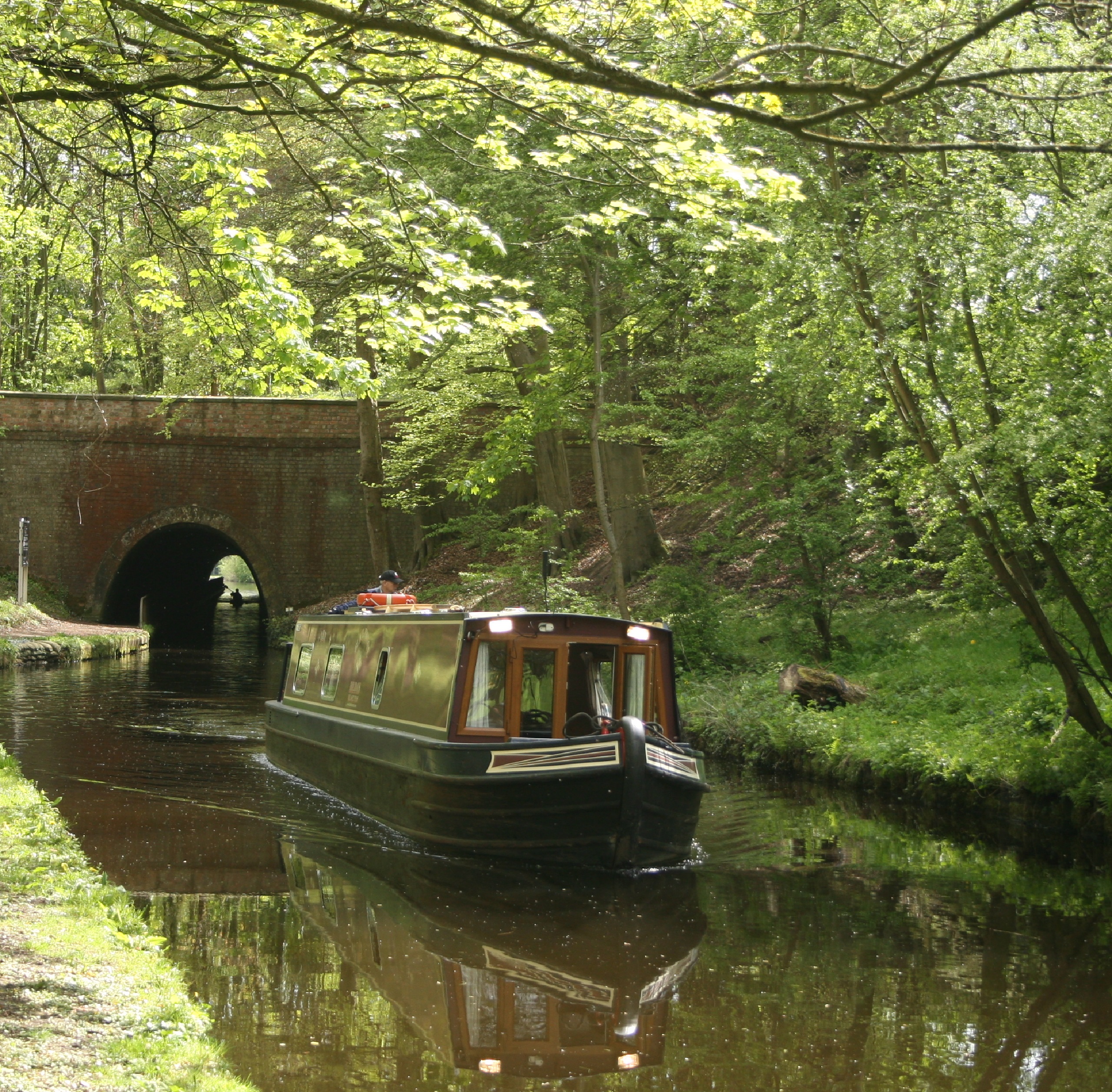
Before entering a tunnel:
- Switch on your headlight and also some internal lights. Make sure that additional lighting in the form of a waterproof torch is available for the person steering.
- Check that there is no boat already in the tunnel coming towards you if it is too narrow for two boats to pass.
- Ensure nobody is on the roof or sides of the boat.
- Put on waterproofs as tunnel roofs are often wet with dripping water
- Put on your lifejacket (recommended), especially if you are boating alone.
ADVICE FOR SMALL UNPOWERED CRAFT USING TUNNELS
When planning your journey:
- Check the list on CRT’s website when planning your route to find out which tunnels you are allowed through:
- If tunnels that allow passage by unpowered craft are included in your route, arrange for others to join you on your trip so that you do not go through alone.
- Make sure you have a forward facing strong white light of a minimum of 80 lumens (which can be a head torch) and that you have spare batteries for it.
- Don’t forget your buoyancy aid/lifejacket and whistle.
- Consider fitting reflective strips to clothing and paddles to help your visibility whilst travelling through a tunnel
On the day:
- Do not enter any canal tunnel unless signage explicitly says that unpowered craft are allowed.
- Do not enter the tunnel if you can see any oncoming boats in the tunnel, even if two way working is allowed. Stay clear of the tunnel entrance if it is not clear to enter.
- Do not ignore traffic lights or timed passages – where these exist they apply to all craft, powered and unpowered.
- Turn on your headlight/headtorch
- Ensure that you are wearing your lifejacket/buoyancy aid and that you have your whistle to hand.
- Enter the tunnel as part of a group of two or more.
- Proceed directly through the tunnel, no loitering or turning around
- If you do meet a powered boat going the other way, keep to the right side of the tunnel and be prepared for turbulence as the larger boat passes.
- Avoid dazzling steerers of oncoming boats by not pointing your head torch directly at them.
Permissions for small unpowered craft to use tunnels
Canal & River Trust allows small unpowered boats to use some of their shorter tunnels and a list can be found on their website.
In general, CRT allow passage of tunnels by small unpowered craft if the tunnel is less than 400 metres long and there are good sight lines through the tunnel. Longer tunnels up to 650 metres long are included in the list if a single way traffic system is in place. Passage of other tunnels can be requested by groups for managed events which would involve closing the tunnel to other traffic for the duration of the event. Boats being towed are excluded from these requirement.
Canoeists and people in other small unpowered boats are reminded that they need to heed the instructions of the traffic lights or time restrictions in order to avoid coming face to face with an oncoming boat.
OUR RECOMMENDATIONS TO NAVIGATION AUTHORITIES REGARDING TUNNELS
We recommend navigation authorities ensure that clear signage exists at all tunnel entrances, and suggests that two sets of signage is desirable. The signage should be:
- Positioned for the steerers of powered boats – well back from the tunnel entrance so that the information on the sign can be taken in before getting too close to the tunnel, and in large enough lettering to be seen clearly).
- Signage specifically for users of smaller unpowered craft can be closer to the tunnel entrance but should be positioned lower down so as to be visible by someone closer to water level
- Both sets of signage need to be kept clean and clear of vegetation.
- All tunnels should have chains fitted along the sides of the tunnel to allow people to hold on to and pull themselves out if necessary.
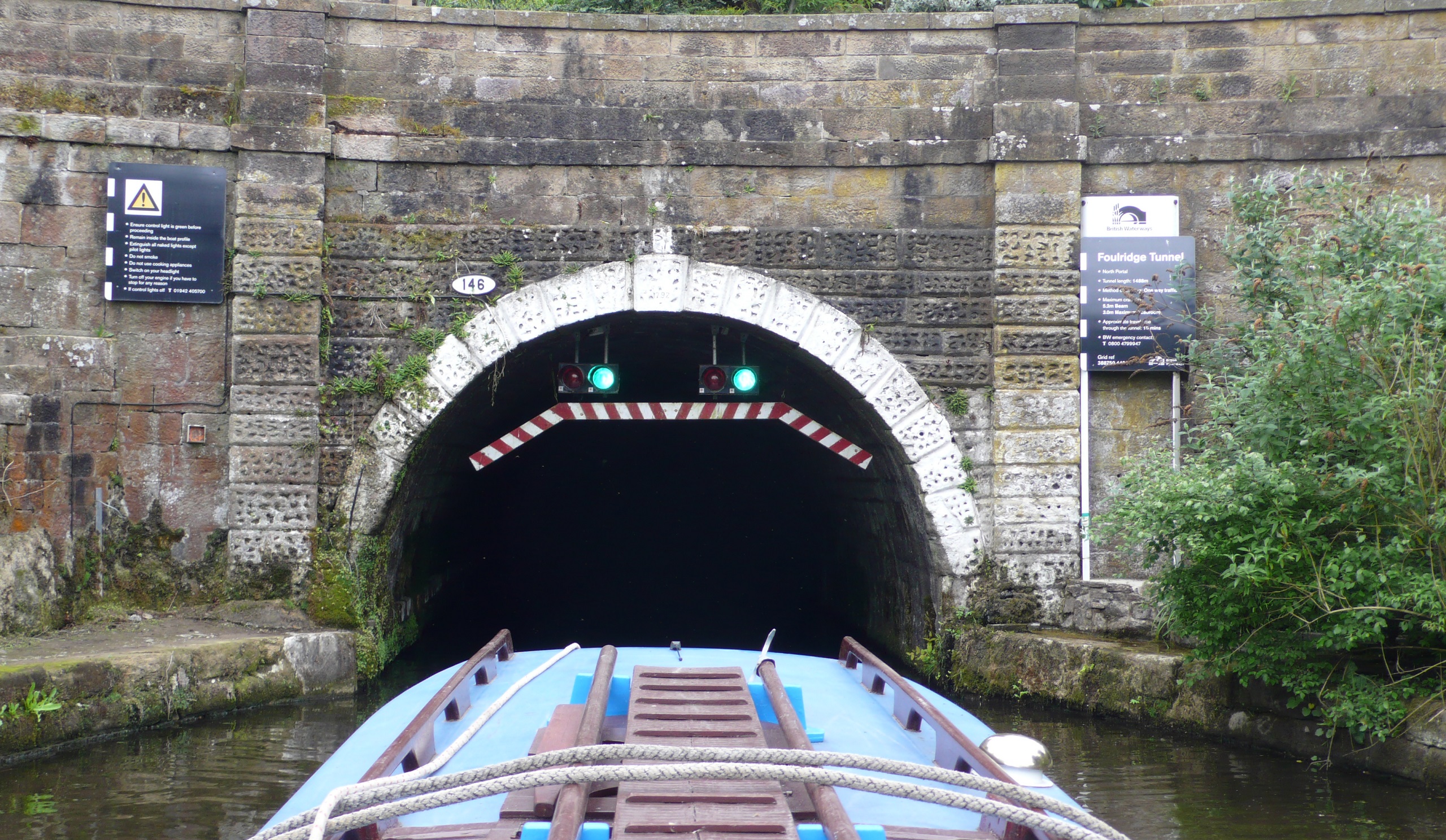
We suggest that Canal & River Trust’s current criteria for access to tunnels by unpowered craft should be maintained (ie passage allowed if the tunnel is less than 400 metres long and there are good sight lines through the tunnel, longer tunnels should only be included in the list if a single way traffic system is in place). Passage of longer tunnels should continue to be prohibited other than by special request for managed events which would involve closing the tunnel to other traffic for the duration of the event. We encourage other navigation authorities to adopt similar criteria and signage for tunnels.

